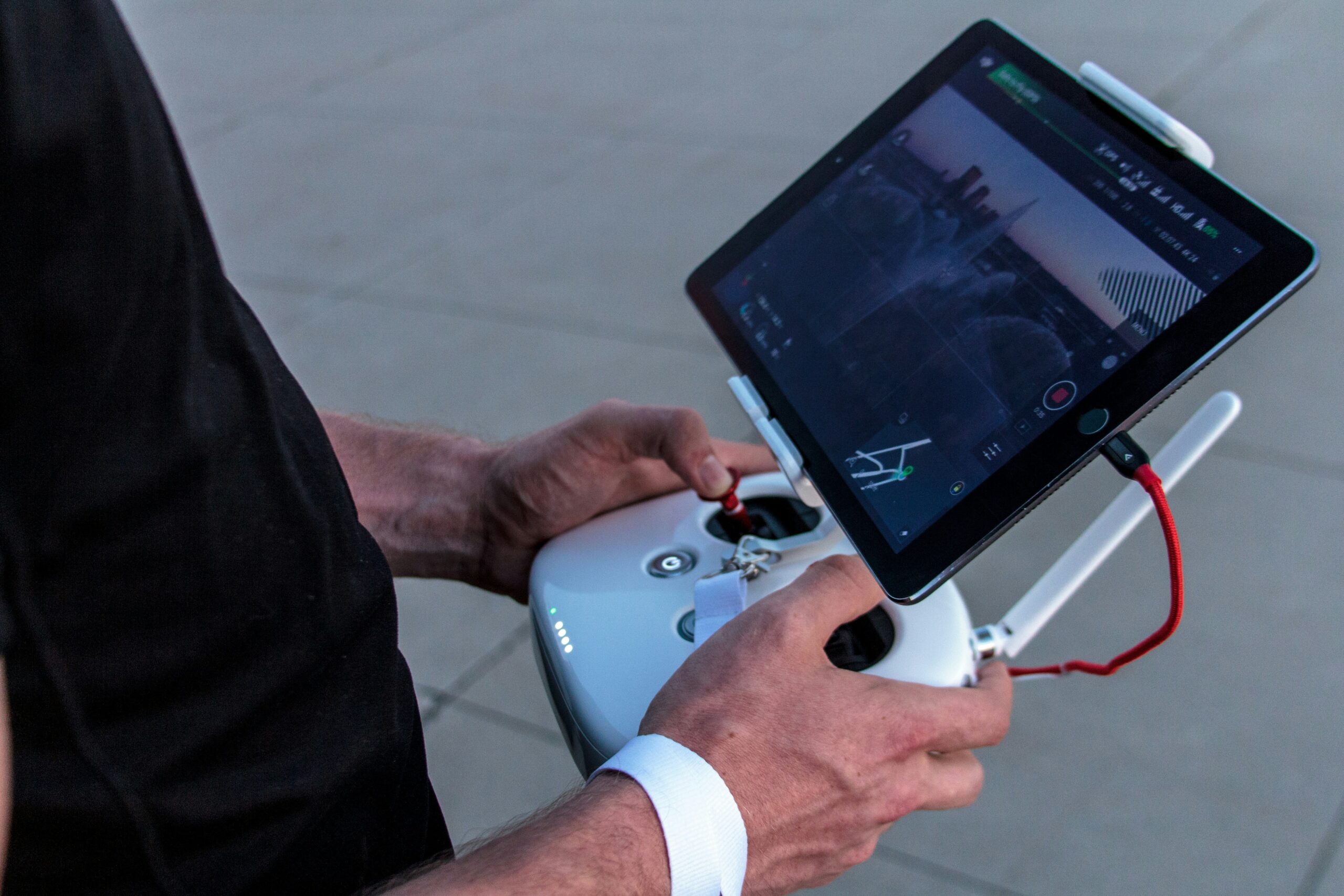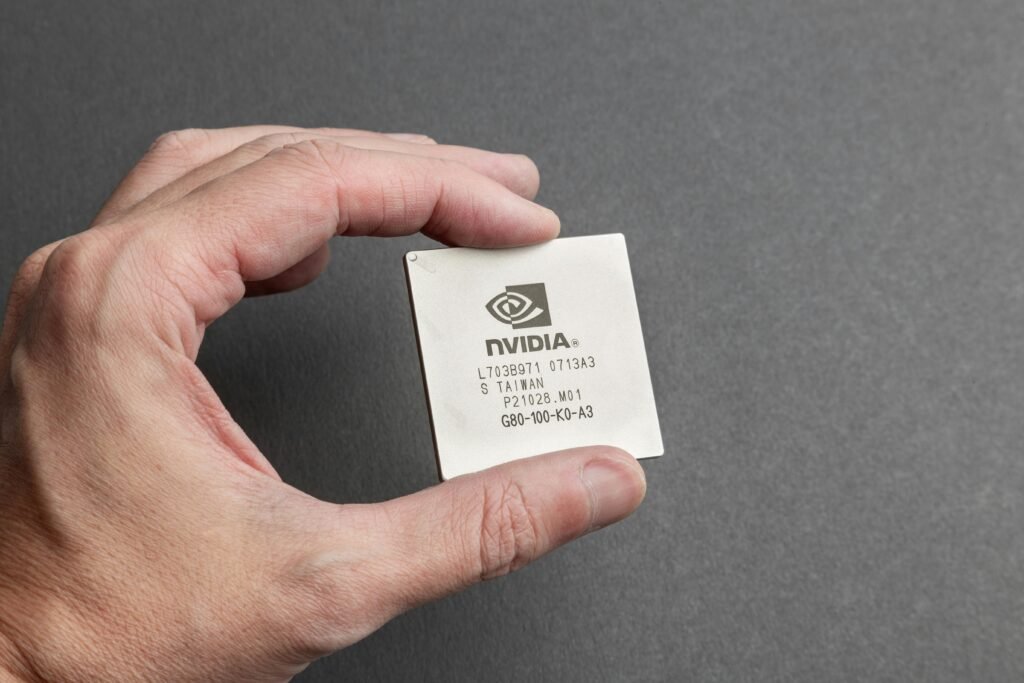Ever tried gaming on a tablet only to squint at washed-out colors or struggle with blurry motion? Yeah, me too. Trust me—after accidentally buying the wrong tablet for my nephew last Christmas, I learned the hard way that not all tablets are created equal. Spoiler: OLED gaming tablets aren’t just fancy buzzwords—they’re game-changers.
In this post, we’ll unravel what makes OLED gaming tablets so special and how they’re taking mobile gaming to the next level. Expect a breakdown of how to choose one, top tips for maximizing their performance, and some killer real-world examples you won’t find anywhere else. Ready? Let’s jump in!
Table of Contents
- What Makes OLED Gaming Tablets Special?
- How to Choose the Perfect OLED Gaming Tablet
- 5 Must-Know Tips for Ultimate OLED Gaming Performance
- Real-World Success Stories: OLED Tablets in Action
- FAQs About OLED Gaming Tablets
Key Takeaways
- OLED gaming tablets offer superior color accuracy, contrast ratios, and refresh rates compared to traditional LCD screens.
- Factors like processing power, battery life, and input lag matter more than ever when choosing these devices.
- Optimizing settings and software can make your experience smoother and more immersive.
- Gamers who’ve made the switch rave about everything from better visuals to faster load times.
What Makes OLED Gaming Tablets Special?

Let’s get nerdy for a sec—if you’ve heard “OLED” but don’t know why it matters, here’s the deal:
- Vivid Colors: Every pixel lights itself up individually, meaning deeper blacks and brighter whites.
- Faster Refresh Rates: Smooth gameplay without tearing or ghosting effects. It’s chef’s kiss for high-octane titles.
- Battery Efficiency: Unlike LCDs, which light every pixel globally (even black ones), OLED tech only powers active pixels.
Sounds awesome, right? But hold up—it also comes with caveats. For instance, OLED panels might age faster if static images stay too long (hello, burn-in fears). And yeah, they’re not budget-friendly. Still, pros outweigh cons for hardcore gamers.
“Optimist You:” *’With OLED technology, mobile gaming gets a major upgrade!’*
Grumpy You: *’Ugh, fine—but only if coffee’s involved while I shell out cash for one.’*
How to Choose the Perfect OLED Gaming Tablet
Okay, let’s say you’re sold on OLED gaming tablets. Awesome! Now comes the fun part—narrowing down options. Here’s how:
- Processing Power: Aim for models with Snapdragon 8 Gen 2 chips or Apple’s M-series processors. Anything less will bottleneck modern games.
- Battery Life: Sure, OLED saves juice—but no gamer wants to recharge mid-session. Look for tabs touting at least 8+ hours of playtime.
- Screen Size vs. Portability: Big screens = epic immersion, small sizes = better portability. Decide based on where you plan to use yours most.
- Audio Quality: Surround sound enhances gameplay. Crappy speakers? No thanks.

5 Must-Know Tips for Ultimate OLED Gaming Performance
Got your shiny new OLED gaming tablet? Congrats! Before you start swiping aimlessly through menus, follow these steps:
- Adjust Display Settings: Tweak brightness and refresh rate for optimal balance between performance and eye comfort.
- Update Drivers Regularly: Outdated drivers kill frame rates faster than you can spell “framerate.” Don’t be lazy; stay updated.
- Enable Adaptive Sync: Eliminate screen tearing by activating adaptive sync features like G-Sync or FreeSync.
- Cool Down During Intense Sessions: Overheating causes throttling. Use cooling stands or avoid marathon sessions when possible.
- Use Cloud Saves: Backup progress religiously. Because nothing says despair quite like losing 100 hours of Elden Ring progression.
Real-World Success Stories: OLED Tablets in Action
Tired of theory? Let’s talk results:
In March 2023, pro streamer Alex “PixelHawk” Lee shared his transition to an Asus ROG Flow Z13 OLED gaming tablet during live streams. The result? Higher viewer retention due to crisper visuals coupled with improved responsiveness thanks to low input lag.
Another case: Emily Thompson, a casual gamer turned competitive player, credits her Samsung Galaxy Tab S9 Ultra OLED for helping her rank higher in PUBG Mobile tournaments—thanks primarily to its smooth 120Hz refresh rate.

FAQs About OLED Gaming Tablets
Are OLED gaming tablets worth the extra cost?
Absolutely—if visual fidelity is non-negotiable for you. However, budget-conscious users may need to weigh long-term value against upfront costs.
Can OLED tablets suffer from burn-in?
Technically, yes. But modern anti-burn-in measures mitigate risks significantly unless you leave static UI elements running endlessly.
Do OLED tablets work well with VR headsets?
Not directly, but pairing them wirelessly via streaming platforms offers seamless experiences compatible with certain VR apps.
Which brands lead the pack in OLED gaming tablets?
Asus ROG Flow lineup and Samsung Galaxy Tabs currently dominate the market space with cutting-edge features tailored for gamers.
Conclusion
OLED gaming tablets represent the bleeding edge of mobile entertainment, combining stunning visuals with responsive gameplay. Whether you’re gunning for eSports greatness or just looking to level up Friday night Fortnite sessions, investing in this tech could redefine your gaming universe.
To recap:
- Understand why OLED trumps standard displays.
- Pick wisely based on specs, not brand hype alone.
- Master optimization tricks for max joy.
Oh, and remember—just because your OLED tablet looks fire doesn’t mean leaving Netflix paused on the same scene for days won’t eventually toast those pixels. Act responsibly!
Like a Tamagotchi, your SEO needs daily care.


